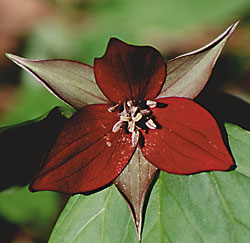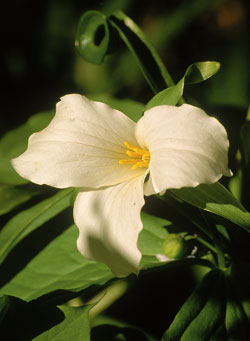Would you please advise me how to prune azalea bushes and yews. They are very old – I am guessing approximately 45 years, since they were here when we moved in 31 years ago. My husband has always trimmed them using electric shears and has only trimmed the top of the shrubbery, hence, all of the foliage is at the tips with a lot of wood at the center. Can I salvage these shrubs by pruning them back drastically? Will I lose them if I do so?
Shearing your evergreen shrubs will give them a neat, formal appearance, but when done year after year it can create undesirable and unhealthy results. Two different pruning methods are listed below for yews and azaleas. When used for evergreens, these pruning methods are best done before bud break in the early spring.
Renewal Pruning: Best used when shrubs are older and have become overgrown with large amounts of unproductive wood.
Method: Cut off the oldest branches near ground level leaving only productive young stems. If there are only a few young stems, remove the oldest branches over a three-year period. Prune back 1/3 of the oldest branches each year to allow even light penetration for new growth. When new shoots develop they can be thinned back to various lengths, which will develop strong branches.
Cons: More pruning cuts have to be made over a longer period of time.
Pros: Shrubs look aesthetically better during the process. Weakened shrubs have a higher survival rate when using the renewal rather than the rejuvenation method of pruning.
Rejuvenation Pruning: Best used when shrubs are unhealthy and severely overgrown.
Method: Cut all branches 6 to 12 inches from ground level. This is a drastic method and better results are achieved if followed up with proper watering and fertilizing practices.
Cons: If you are pruning a flowering shrub you could lose bloom for 1 or more years. If the shrub has been in decline for several years it may not recuperate.
Pros: Strength and vigor of new shoots are directly proportional to the amount that the stem is pruned back.
General pruning tips:
- Use clean, sharp pruning tools appropriate for the task.
- Remove dead, broken or diseased branches any time of the year.
- Yews are a better candidate for rejuvenation pruning.
- Azaleas are a better candidate for renewal pruning.
- Always check the mature size of the shrub before planting; a properly-sized plant will require less maintenance pruning.
- When shearing your evergreens always continue to make thinning cuts every season to allow for light penetration and inner growth.


